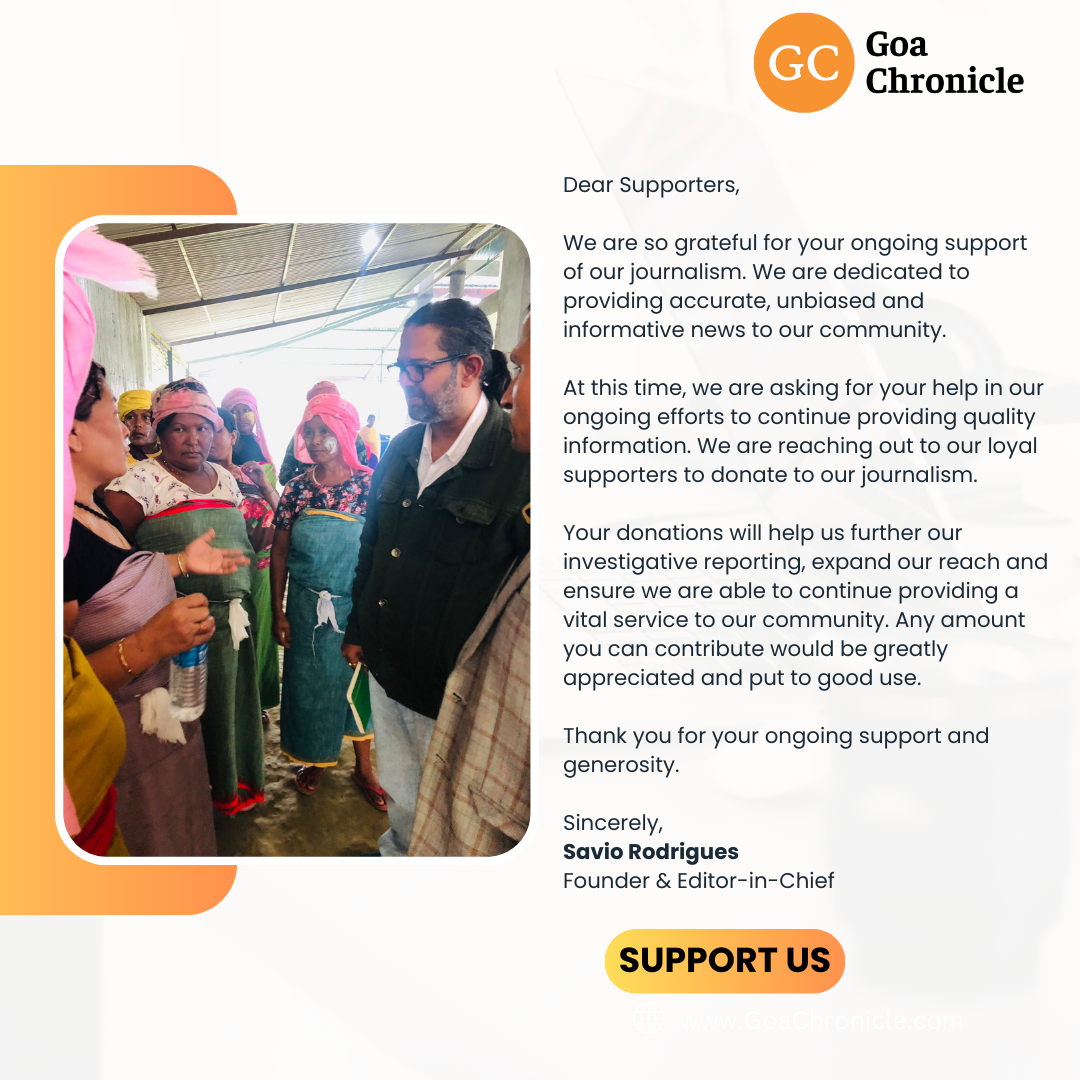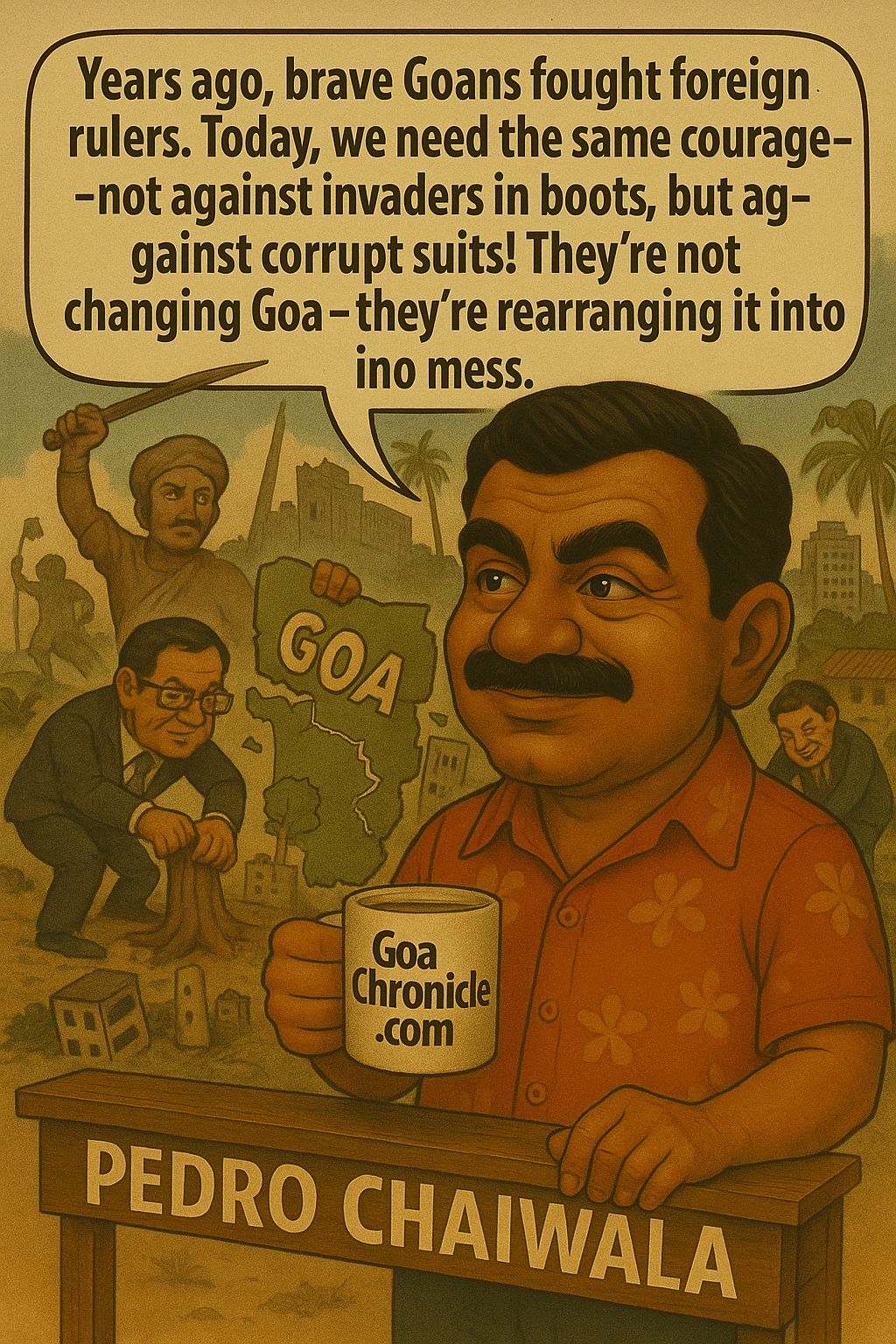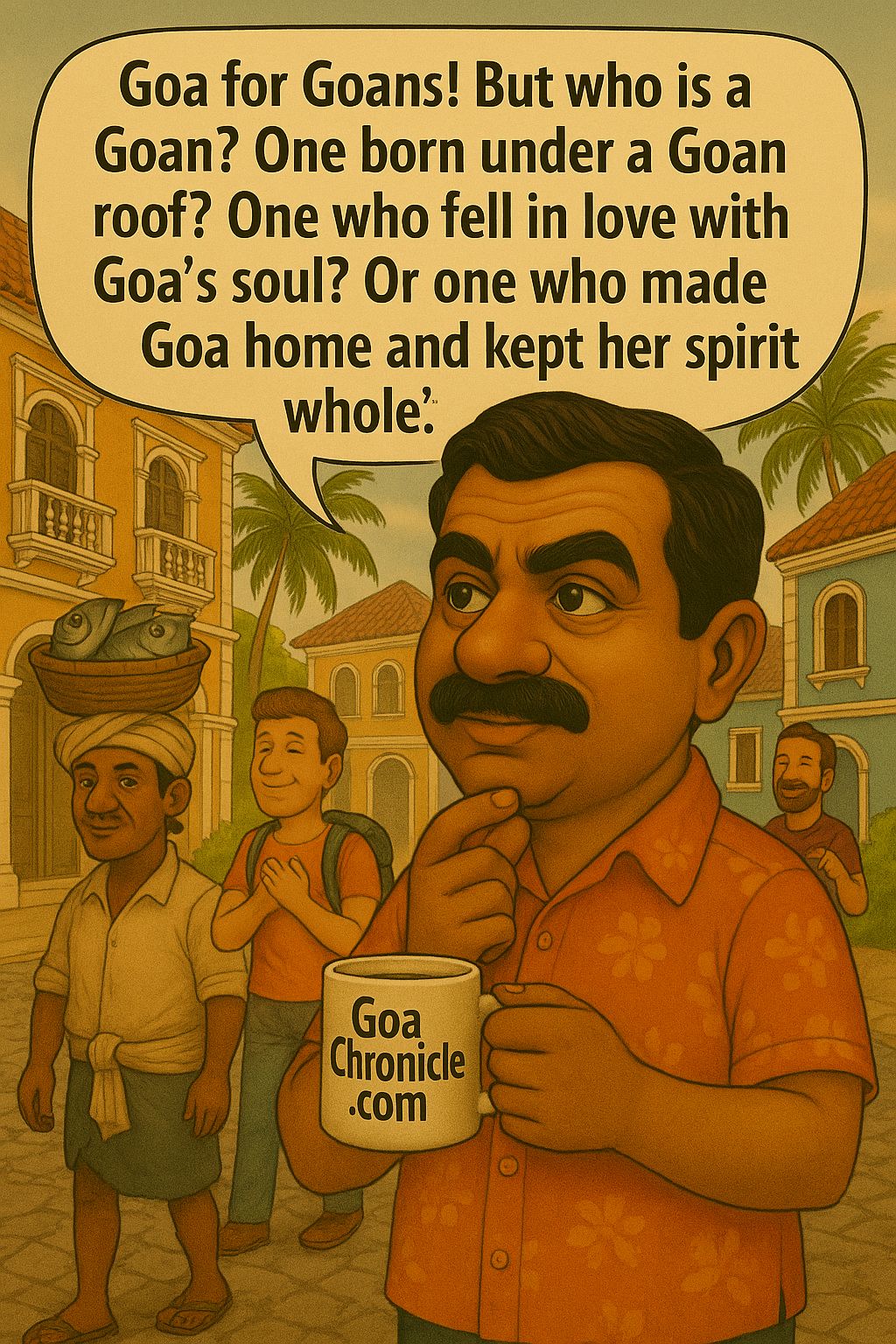The tier 2 and tier 3 cities are abode to majority of Indians, but often, this ‘middle’ of the nation has been ignored and not paid the necessary attention to. And this revolutionary idea of how India has, for long, looked the other way from the people of the largest and most talented segment, owing to their location and language, has been discussed by author Shashank Mani in his latest release.
Shashank Mani’s ‘Middle of Diamond India: National Renaissance through Participation and Enterprise’, talks about the hidden stories of those in the Middle, that is, those in tier 2 and tier 3 cities, especially the enterprising youth and women of small towns and villages who will be behind the next 25 years of growth of India. Stories collected through the 15-year experience of a yatra, of which a large number are covered in the Deccan and Southern region, exude encouragement and confidence, and by examining India’s revolutionary past, its culture, its citizens, its innovators, and its spirit, the book illuminates this diamond-shaped India.
Replete with characters, anecdotes, insights, research, and accounts of an annual pilgrimage on a special train—the Jagriti Yatra—and an enterprise ecosystem established in the Deoria district, the book outlines a new vision of India focused on its rising Middle. It proposes a Banyan Revolution over the coming twenty-five years of Amrit Kaal, using the tool of enterprise or Udyamita that can ignite a national renaissance.
The book argues that by recognizing and awakening the entrepreneurial vitality of those in small towns and districts, we can create meaning for millions of citizens and define a new modernity for India.
Shashank Mani is the founder of the Jagriti Yatra and the Jagriti Enterprise Centre-Purvanchal (JECP). With a BTech from IIT Delhi and an MBA from the IMD, Lausanne; Shashank has worked in both corporate and government sectors as a strategist and visionary, serving on the $5 trillion committee of the commerce ministry.
A ‘ghumakkad’ at heart, and a public man of action by temperament, he has circled India fifteen times on the Jagriti Yatra, and works in his ancestral village Barpar in eastern UP. He is developing his region through Udyamita, a definition of enterprise aimed at invigorating the local economy and society.
Throwing light on his book, and focusing on the most important aspects of how the hitherto overlooked ‘middle’ tier-2 and tier-3 cities can be the fillip for India’s overall development in the next 25 years, Shashank Mani answered a few questions posed by Sonakshi Datta of GoaChronicle.

What potential do the tier-2 and tier-3 cities exactly hold, making them a crucial player in India’s development for the next 25 years?
The Tier 2 and Tier 3 districts are where the majority of India now lives. This India is not very rich, nor is it poor, and is a full 800 million strong. This India is hungry for growth, and is aspirational, and will define not just the economic, but the social and political trajectory of the nation over the coming 25 years.
It will drive local economic growth through enterprise, the key subject of my book. It will drive the social growth of small towns and villages through association among people, and the act of nation building, and it will also define the political trajectory of the country where increasingly, the vote will be for development and a strong nation, rather than the typical lines of dependency or caste that were drawn in earlier eras. Understanding this segment, their mindset and therefore, the way we motivate them should be a key element of our national strategy.
What is the 15-year-Jagriti Yatra that helped you find the stories for your book?
The Jagriti Yatra started in 2008 as a national train journey that circles India in a special train taking 500 young leaders on a voyage of discovery. Through these Yatras, we have, to-date, created 8,000 leaders who are building small towns and districts through Udyamita, a broader definition of enterprise. This Yatra takes these Yatris to 12 role models over 15 days of travel to learn from them in an experiential format. The participants are shortlisted from over 15,000 applicants from across the country, with 40 percent women participation over these years.
The journey provides experiential training by meeting role models, by bringing eminent panelists for panel discussion, by conducting a Biz Gyan Tree, business planning exercise in Deoria, where all participants stay in a village, and through ‘Satsang’, where the biggest component of learning is the association of 500 young bright Indians in a national adventure.
What, according to you, is the apt ‘new vision’ of India?
An apt new vision of India is linked to what Prime Minister Modi has articulated in his recent call to action in the Amrit Kaal, and this is also what I describe in my book. It asks Indians to shun the bondages of colonialism and recognize our own cultural heritage, and this is explained extensively in my book. It seeks the youth and women to take part in nation building in a time bound manner. It seeks to focus on, and engage those, who are below the top of the Diamond and have been ignored due to language or culture.
It seeks to bring a new recognition of our own strengths, and promote that in a decentralized development model. Finally, it seeks to enable that vast emerging Middle through Udyamita, or enterprise, thereby creating a national movement of purpose and effort over the coming 25 years. As I say in the book, this is the best chance, and perhaps the last chance, as the demographic headwinds of ageing would not make it very difficult for the next generation to undertake similar development.
How does the Jagriti Enterprise Centre work?
Jagriti Enterprise Center–Purvanchal, is the first of four such centers that Jagriti proposes to build over the coming 10–15 years. It is built on a 6 Acre campus in Deoria, that is the hub, with proposed spokes, with smaller centers, in 10 adjoining districts. The core ways of working of the center is through what we have called the 3xI process–Inspiration, Incubation and Innovation.
This means that enterprise in smaller towns and districts cannot come about unless we inspire a large part of the youth and other entrepreneurs to come forward for creating local solutions. We must then hold their hands for the incubation to succeed, and we do this in a very particular way–the 6 M process–Mobilization, Market, Mentorship, Money, Miscellaneous Service, and Mahaul. Finally, we seek to promote local innovators which will create new solutions in the middle, and the wealth creating benefits of enterprise would not remain limited to large towns and cities. We have already taken approximately 150 Udyamis at last count through our incubation process, and as a result over 5,000 employment opportunities have been created.
A key component of this process are local Udyam Corps and Udyam Mitra who provide last mile support to Udyamis. The center is located next to an inspiring Banyan tree, named Bar in Hindi, which also gives my village the name Barpar. The Jagriti Yatra also stops in this village and the names of all Yatris are inscribed in marble in this village, creating a bond between the Yatris and the region.
Tell us about ‘Udyamita’, and its role in the development of your ancestral district.
Udyamita is a wider definition of entrepreneurship. While Entrepreneurship, a French word, is described in terms of using a smaller number of resources to do something big, our definition of Udyamita has a more humanist starting point. Udyamita starts from the word Udyami, who seeks a solution to a local problem, which will create value and wealth. It believes in a team that can create a novel solution and if this is done better than others, he and the team would benefit.
Udyamita is more localized, can provide large scale local employment and therefore, solve one of the biggest issues for India, that is unemployment. Some of these companies will start small and scale up, but many will never become Unicorns. Udyamita believes in a large-scale participation of entrepreneurs to solve the real issues of India locally – Health, Education, Sanitation, Energy, Health and others. As I say in my book, getting a pizza delivered a few seconds early may be important, but should not define entrepreneurship.
What makes ‘Middle of Diamond India’ a must-read for nation- building enthusiasts?
Middle of Diamond India is a book that is full of ideas. But the real reason it is doing well, and why people should read it is because it brings together three important stories. The first is the story of Jagriti movement, which I founded many years back, and which has spread across the country, and this includes stories of those Udyamis and Yatris who have been a part of the movement. The second is that it has the story of India, and the new shape it has taken in recent years, as well as the future trajectory of the country through well researched content.































